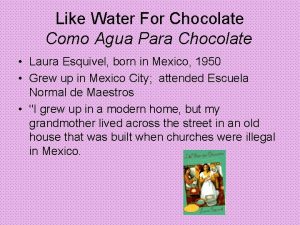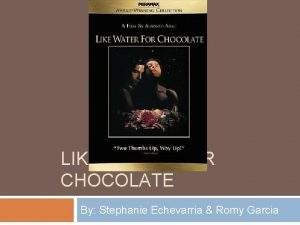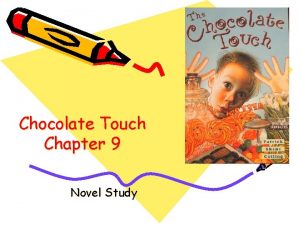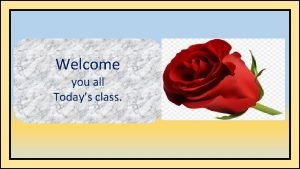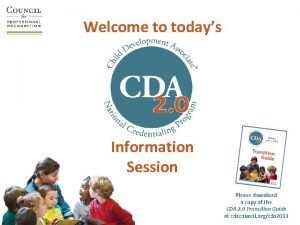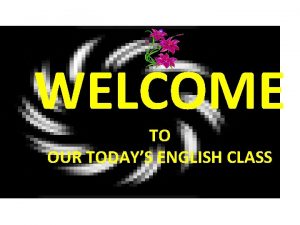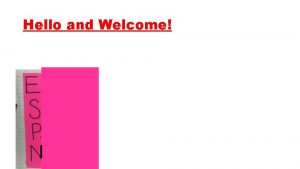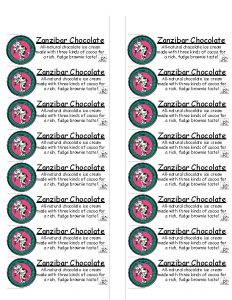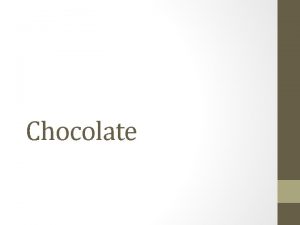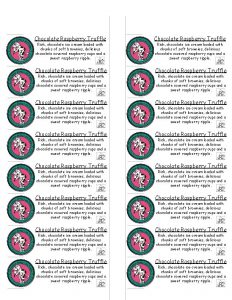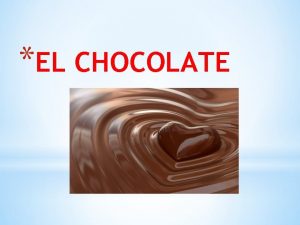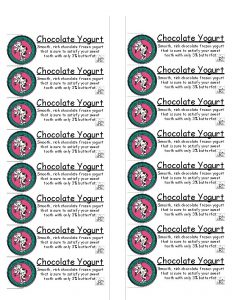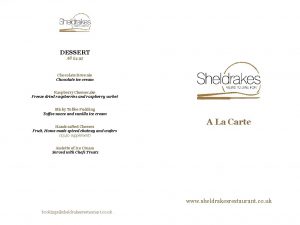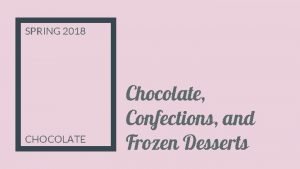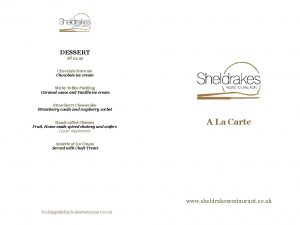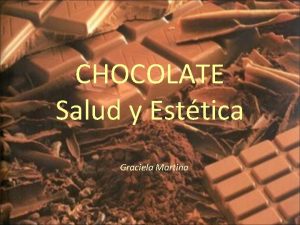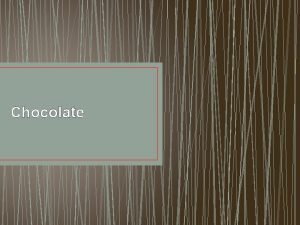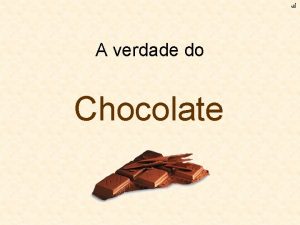Welcome Today Like Water for Chocolate Common elements
























- Slides: 24

Welcome Today: Like Water for Chocolate • Common elements of Latin American literature • Images of women • Mexican artist Frida Kahlo

Common elements of Latin American literature • • Realism Historical fiction Lives of ordinary people Family sagas (Gertrudis p. 59) Concern with social/political reform Folklore (La llarona p. 68) Latin cultural traditions Magical realism – How many of these apply to L. W. F. C?

Frida Kahlo was born Magdalena Carmen Frieda Kahlo y Calderon on July 6, 1907, in her parents' house in Coyoacan, Mexico a suburb of Mexico City. Self-Portrait in a Velvet Dress 1926

“Her finest recipes date from this period of suffering” (Esquivel 69). https: //www. youtube. com/watch? v=j. YWKo MFjnbs

• As you look at Frida Kahlo’s paintings, notice how she chooses to represent women. – (she lived and created art during and after the Mexican Revolution). • You will be choosing one of Frida Kahlo’s pictures to focus on for a comparison we will be doing in class today, so think about which one you might choose. – How does Kahlo represent women in this particular picture? – What colors, or symbols, or gestures, or facial expressions does she use to emphasize this woman? Jot down some notes.

Self-Portrait on the Borderline Between Mexico and the United States, 1932

My Dress Hangs There, 1933

My Grandparents, My Parents and I (Family Tree), 1936

Frida and Diego

Portraits of Women by Frida Kahlo Portrait of My Sister Cristina 1928

Portrait of Eva Frederick 1931

Roots (Raices) 1943

Portrait of Dona Rosita Morillo 1944

The Two Fridas 1939

Self-Portrait with Necklace 1933

Self-Portrait (Dedicated to Leon Trotsky) 1937

• How is Kahlo using symbols in her art? • What do the symbols generally represent?

Self-Portrait 1940

Self-Portrait with Necklace 1933

Self-Portrait 1940

• How are symbols used in Like Water for Chocolate? • What are some of the symbols we’ve seen in the novel? • What do they generally represent?

Self-Portrait with Loose Hair 1947

The Love Embrace of the Universe, the Earth (Mexico), Me, and Senor Xolotl 1949

• Choose one of Frida Kahlo’s pictures to focus on. – How does Kahlo represent women in this particular picture? – What colors, or symbols, or gestures, or facial expressions… does she use to emphasize/illustrate this woman? Jot down some notes. • Compare and contrast your chosen Kahlo picture with one of characters represented in Like Water for Chocolate. – How does Kahlo show her women/woman differently than Esquivel does? – How are the two women the same/different? – How can you account for these similarities/differences?
 Like water for chocolate symbols
Like water for chocolate symbols Water and water and water water
Water and water and water water Como agua para chocolate mexican revolution
Como agua para chocolate mexican revolution Stephanie echevarria
Stephanie echevarria Chocolate touch chapter 9
Chocolate touch chapter 9 Melting chocolate experiment
Melting chocolate experiment Why does ethanol look like water but behave more like wood?
Why does ethanol look like water but behave more like wood? Today meeting or today's meeting
Today meeting or today's meeting We are going today
We are going today Proposal kickoff meeting agenda
Proposal kickoff meeting agenda Fingerprint galton details
Fingerprint galton details Today's lesson or today lesson
Today's lesson or today lesson Example of repitition
Example of repitition Program symphony
Program symphony King henry doesn't like chocolate milk
King henry doesn't like chocolate milk Today's english class
Today's english class Welcome to today's class
Welcome to today's class Welcome to today's class
Welcome to today's class Welcome to today's session
Welcome to today's session Welcome to today's class
Welcome to today's class Welcome to today's class
Welcome to today's class Welcome to today's class
Welcome to today's class Hello and welcome to today
Hello and welcome to today Welcome to today's session
Welcome to today's session Todays class com
Todays class com


